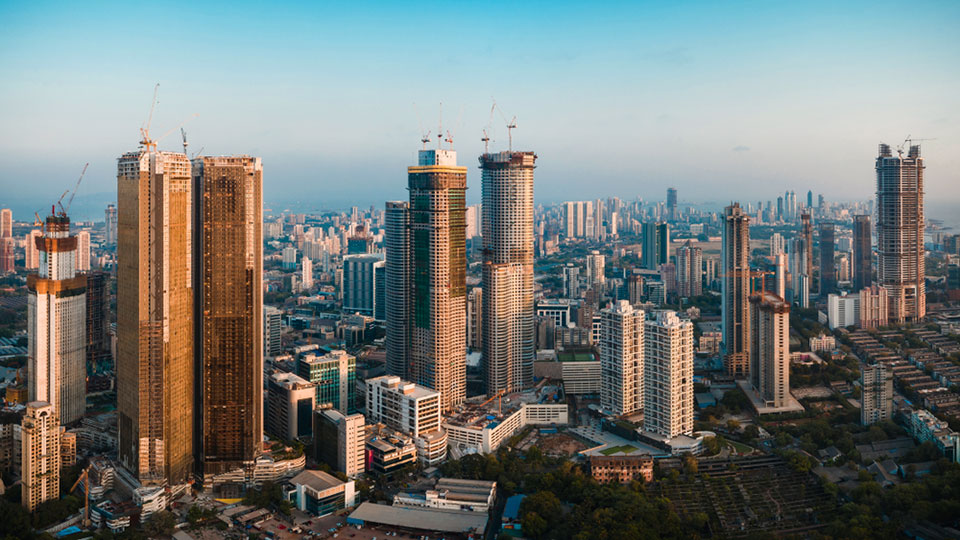Fiction to Fact: Industry 4.0 & Entrepreneurial Opportunities in Era of Disruptive

Herbert George Wells (H.G. Wells) is best remembered for his science fiction novels, which crafted literary sensation at their time of publications. But not everything that is penned down as a science-fiction remains so! Why? Exploring the annals of history, we find that sci-fi fictions have often translated into factual revelation in a VUCA (Volatile, Uncertain, Complex, and Ambiguous) environment.
World Wars, financial meltdowns, pandemics, geo-political situations have all caused proliferation of VUCA in business and industries over the last century of human existence. What has been uniform in such instances has been the emergence of a breed of distinct individuals capable of tapping into latent opportunities, where apparently there were none.
So! What do you say, CEO’s and Entrepreneurs?
The onset of the 21st century witnessed swift and rather dynamic changes spanning from the way of life to the technologies that have emerged. The transitional paradigm shift towards Industry 4.0 has revolutionized the previously conceived science fiction into reckonable facts. The fusion and absorption of technologies across businesses and industries have definitely been the main driver. The initial deciphering of the complex signals emanating from the shift towards Industry 4.0 is pointing to a perceived renaissance of never before disruptive proportions in a digital-enabled digital-driven human world. Thus, these advancements in technology or technologies for encompassing the reach, benefitting to the maximum are harboring opportunities for those willing to look through foresight glasses.
Are the CEO’s donning them? Well, this is not as simple as questioning! Rather everyone claims, it is not true.
While the technologies of sustainable and disruptive nature have always co-existed, the latter has been more potent to create slingshot momentum in the progress of technology modernization, as we see today in our environment. The sustainable type is not to be discounted too, as it offered for the latent brewing of the thoughts, accelerating disruptions. Thus, while one can be considered as incremental improvements on a trajectory of the continuum, the disruptive one brings in unique value-sets. This is the fast-changing, rapidly evolving phase of the global revolution with technology as the center of traction.
What transpires in the academic context when the advent of newer horizons in industry demands newer skillsets as well?
The major implication of disruptive technology is the demand for new course content, employment realignments, knowledge, and skills. These demands foster a lot of Entrepreneurial Opportunities in the ecosystem. Disruptive technologies like smart sensors, IoT, Artificial Intelligence, advancement of Cybersystems, Drones, autonomous Robots, Advanced human-machine interface, blockchain, and many more emerging trends have established paradigm changes in industries and the way business is now transacted. The ongoing pandemic itself has erupted with many novel opportunities exemplified in the basic tailoring of a designer mask as a fashion statement, auto-sanitization machines in contact-intensive workplaces, air-bubble management, etc. The list is endless. You may have even more.
Furthermore, the more crucible way to build the skills of industry 4.0 is through the creation of learning factories rather than isolated islands of academics and industry. The teaching/learning factory concept integrating virtual- reality-based teaching methods is necessary to enhance the capabilities and skills of young professionals and equip them with a mindset for entrepreneurial thinking and opportunity recognition. Necessarily, such a collusive model of academia and industry will require a free-flow two-way knowledge transfer channel to create synergy.
It is very evident that the new generation of workers are super inclined towards technology and are highly capable of operating or handling the latest technologies better than the inventing generation. This inclination can be a stepping stone towards a resilient and non-dependent India@100 as is being laid out by the plans of the government. From the cues in the environment, it is well laid that in the coming years, geography cannot be segregated in terms of technology. Governments have aimed on accomplishing sustainable development goals with cooperative federalism by fostering the involvement of all stakeholders in the economic policy-making process through a bottom-up approach. In a labor-intensive country like India, the imparting of technical and soft skills to the human workforce of industry 4.0 can be a huge contributor towards breeding employment and pacing the development of different sectors in the country.
While we are celebrating the 75th ‘Azadi Ka Amrit Mahotsav’ in our country, the enabling leap of business India@75 to India@100 is going to be one from fiction to the factual realization of our well-nurtured ecosystem. The engines for driving the change are just getting revved up and the CEO’s of today are in the pilot seat.
An open sky beckons those willing to go on to sound the hypersonic boom!
Written by Dr. Manoj Joshi.
Have you read?
# Best CEOs In the World Of 2022.
# Best Citizenship and Residency by Investment Programs.
# These are the world’s most and least powerful passports, 2022.
# The World’s Richest People (Top 100 Billionaires, 2022).
# Case Study: Warren Buffett, LVMH’s Bernard Arnault, Apple’s Tim Cook, and Elon Musk.
Bring the best of the CEOWORLD magazine's global journalism to audiences in the United States and around the world. - Add CEOWORLD magazine to your Google News feed.
Follow CEOWORLD magazine headlines on: Google News, LinkedIn, Twitter, and Facebook.
Copyright 2025 The CEOWORLD magazine. All rights reserved. This material (and any extract from it) must not be copied, redistributed or placed on any website, without CEOWORLD magazine' prior written consent. For media queries, please contact: info@ceoworld.biz








